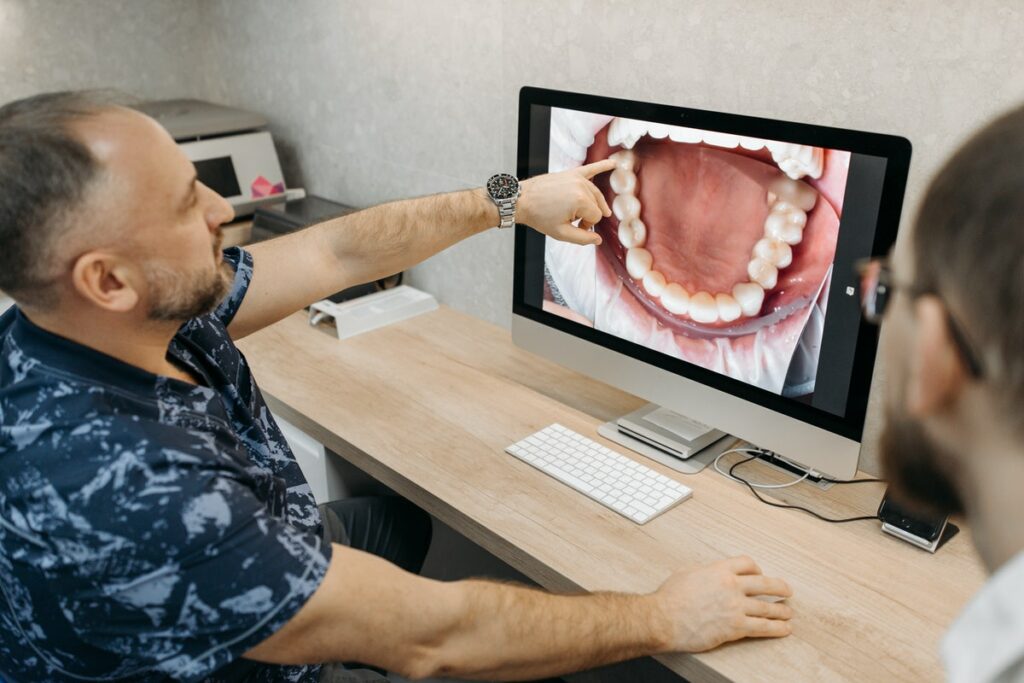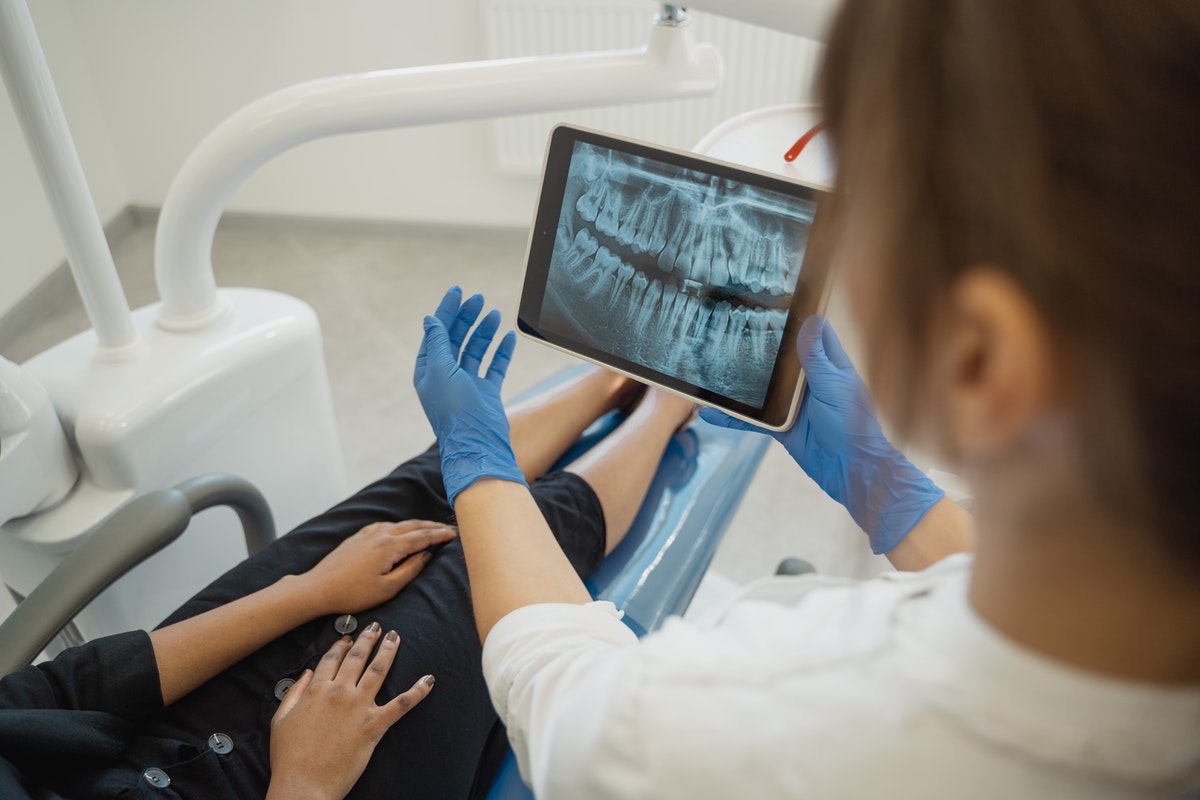Dentistry has come a long way in the past few years with new technology that can help you get the perfect smile. Oral health is an important part of overall health, and new technologies are making it easier than ever to maintain good oral hygiene. Some of this technology may be new to you. Here are three of the most exciting new technologies in oral health treatment:
1. Laser Dentistry
Laser dentistry is a relatively new technology that is becoming more and more popular. While it has been around since 1989, it was not as popular then, and it has become popular only recently because of lowering costs and advancements in laser technology.
Laser dentistry can be used for a variety of different procedures, including teeth whitening, dental fillings, and even gum surgery. One of the biggest advantages of laser dentistry in gum surgery is that it is much less invasive than traditional methods, which means less pain and discomfort for patients. The use of laser reduces the chance of a wound getting infected and helps disinfect the area of the incision. It also is very accurate when used for scanning. One example is DIAGNOdent, a handheld device that uses laser fluorescence to detect cavities in teeth. It can detect cavities as small as .2mm, which is much better than traditional methods like X-rays.
The bad thing about using lasers is that they can sometimes injure tooth pulp or the gums, and if your teeth already have metal amalgam or another laser-incompatible filling, the laser won’t work on them.
There are actually two types of lasers used in dentistry, and some treatments use both types if needed.
Hard tissue lasers
Hard tissue lasers are most commonly used to prepare or shape teeth for composite bonding, repair dental fillings that have worn down, and remove some tooth structures. The wavelengths of hard tissue lasers are absorbed through the combination of water and a specific mineral found in teeth. This allows the lasers to cut through tooth structure.
Soft tissue lasers
Soft tissue lasers are used to treat periodontitis, which is an inflammation of the gums. Soft tissue lasers can also be used to remove lesions in the mouth and throat. These lasers utilize water and hemoglobin, a protein that carries oxygen which is found in red blood cells. The best thing about them is that they seal nerve endings and blood vessels while they penetrate the tissue. This means that patients often experience very little pain after laser treatment. Additionally, soft tissue lasers promote faster healing of the tissue.
2. Digital X-Rays
Digital x-rays are another new technology that is revolutionizing the field of oral health. Digital x-rays are much more efficient than traditional x-rays, and they expose patients to less radiation. This allows dentists to take high-quality images of teeth and oral structures that can be used for diagnosis and treatment planning.
In addition, digital x-rays can be stored electronically, which makes them easier to access and share with other healthcare providers. No more will patients have to carry fragile x-ray sheets or wait until it’s mailed to other people who need them; they only need the URL of the file-sharing site and the password to the file. Alternatively, you can even set up an automated mailing service through your website that only asks customers for their name, reference number, and e-mail address before sending the needed documents via e-mail.
3. 3D Printing
3D printing is being used in a variety of different industries, and oral health is no exception. 3D printing is being used to create custom dental implants and prosthetics. This technology has the potential to revolutionize the field of oral health by making treatment more personalized and accessible. This also has the added benefit of reducing waste and improving the accuracy of materials.
Apart from that, 3D printing and scanning technology improve patient experience. Patients don’t need to put foul-tasting molds in their mouths to get an impression of their teeth. Instead, they’ll only need to put a scanner that looks like a wand. This makes the process faster and less uncomfortable for patients. Apart from that, because of how easy it is for a 3D printer to make custom objects, dentists can use it to print crowns, bridges, caps, dentures, and even specific one-off tools and equipment. Imagine being able to print everything you need to replace teeth — from the implants needed, to tailor-fit mouth props and drill guides.
Final Thoughts
These are just a few of the new technologies that are changing the field of oral health. These technologies are making it easier than ever to maintain good oral hygiene and get the treatment you need. If you are interested in learning more about these exciting new technologies, be sure to speak with your dentist or healthcare provider.

